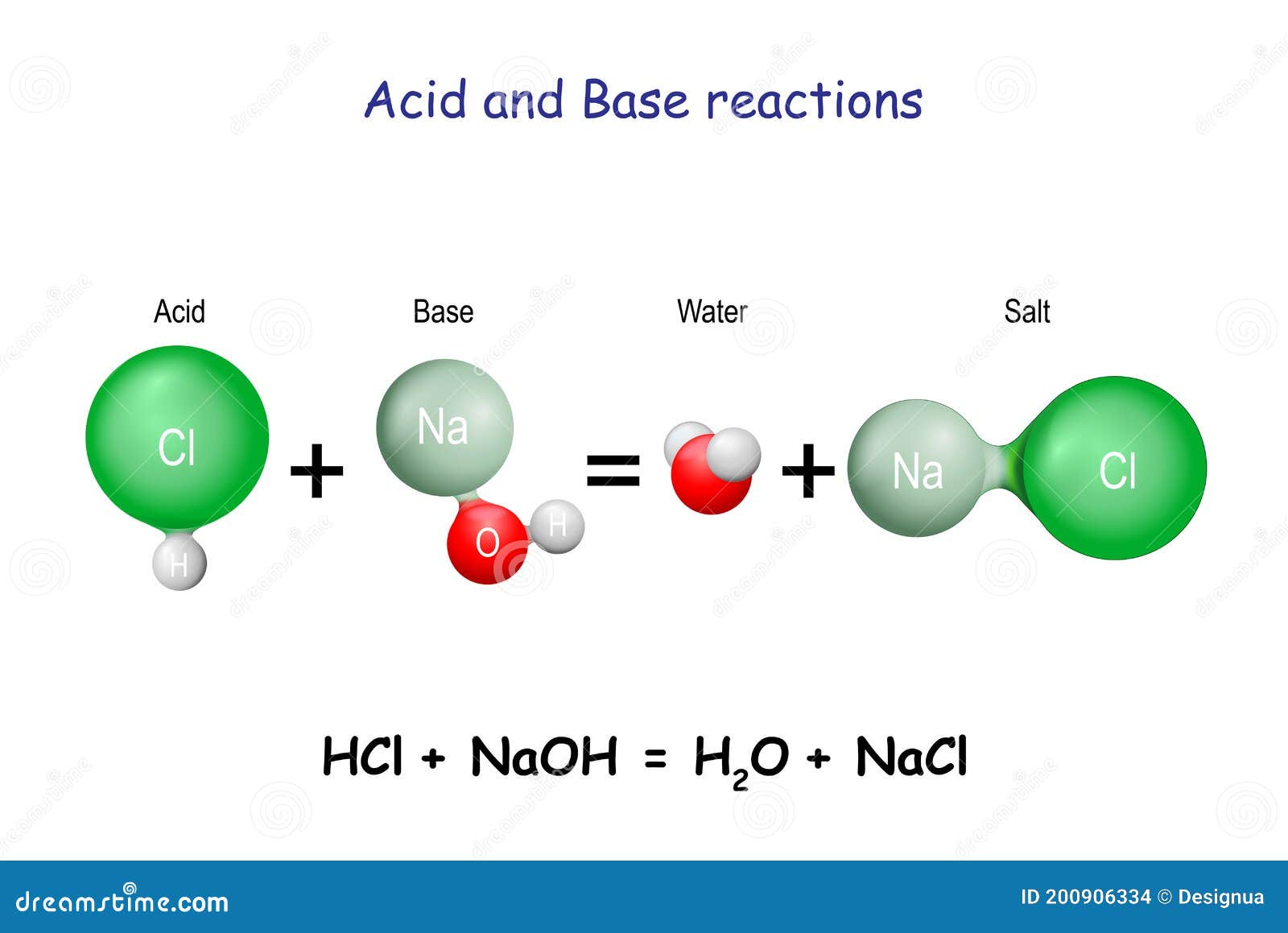Bleach Chemical Formula Reaction
There is a chemical process industries must follow in order to synthesize bleach. Bleach is sodium hypochlorite which can decolorize many colored solutions.

Oxidation Numbers Redox Reactions How To Make Balancing Redox Reactions A Relatively Painless Process Redox Reactions Oxidation Chemical Changes
This process releases oxygen molecules that break up the chemical bonds of chromophores groups of atoms and.
Bleach chemical formula reaction. ReSUlTS gRoUP RATe conSTAnT s-1 Vol. Sodium hypochlorite in 05 wv solution is called Dakins solution and is used as an antiseptic to clean infected topical wounds. The reaction by-products are sodium chloride salt NaCl and water H2O.
Furthermore taking Group 1 and Group 5 triple the volume of bleach triples the rate constant. 28122015 It is produced from the reaction of chlorine Cl2 with sodium hydroxide NaOH. Answer to Problem 4E.
01072011 What type of chemical reaction does the bleach perform in tandem with the detergent. The popular reaction of these two chemicals are the mix between chloramine NH 2 Cl dichloramine NHCl 2 nitrogen trichloride NCl 3. There are many different reactions that happen during a wash cycle.
The overall order of the reaction is second order. Detergents at a minimum provide. A common oxidizing agent to remove oxidizable stains is bleach.
To create sodium hypochlorite industries must combine chlorine gas Cl2 and caustic soda NaOH. Therefore the reaction is first order with respect to the bleach. The molecular formula for sodium hypochlorite is NaOCl.
The reaction of bleach and ammonia is somewhat like a double decomposition reaction. 13042020 The chemical formula of household bleach is NaClO. The balanced chemical equation for this redox reaction is.
Bleach oxidizes colored substances to become colorless. It is made industrially by the Hooker Process where Chlorine Gas is reacted with Sodium Hydroxide in a cold electrolytic cell following the equation. Reactions to form new chemical compounds.
11042017 Sodium hypochlorite and ammonia can be reacted to create many chemical forms based on its reaction temperature concentration and process. 2NaClO H2O2 --. Cl 2 2OH OCl Cl H 2 O 7 Alternatively the hypochlorite ion can be generated by the hydrolysis of organic nitrogen-chlorine compounds.
Bleach is Sodium Hypochlorite NaOCl. In that self-redox reaction an elements oxidation state splits up into two different ones dis. Its chemical name is sodium hypochlorite.
Cl2 2 OH- ClO- Cl- H2O. OF BleAch ml 1 000889 05 2 000882 05 3 001498 10 4 001577 10 5 002692 15. The chemical equation for the reaction of bleach and ammonia needs to be explained.
Sodium Hypochlorite is a chlorine compound often used as a disinfectant or a bleaching agent. It is commonly known as bleach and the majority of its production is for household bleach. Bleach functions as a stain remover by breaking bonds within the chromophore to produces smaller fragments which do not absorb light in the visible region of light that people can see 1.
NH 3 NaOCl NaOH NH 2 Cl NH 2 Cl NaOCl NaOH NHCl 2. 16012016 Bleach breaks the chemical bonds between oxygen atoms in a process called oxidation. NaCl H2O O2 This occurs in theory and is I believe fairly exothermic producing bleach vapours as the oxygen gas bubbles out of solution.
This combination of reactants is then accompanied by cooling in order to finalize the product. I understand that the following may also occur depending on the concentration of pero. 2 0 I and -I splitting up dis Now the reaction of table salt and chlorine-bleach is the reverse or back-reaction.
Na OCl- NaOCl sodium hypo- sodium cation chlorite hypochlorite anion The most common method for producing sodium hypochlorite is to react chlorine with sodium hydroxide NaOH. Commercial bleaching solutions are obtained by passing chlorine gas through cold dilute aqueous sodium hydroxide as shown in equation 7. IO 3- aq 6H aq 6S 2 O 32- aq I - aq 3S 4 O 62- aq 3H 2 O l 1 mole IO 3- aq reacts with 6 moles S 2 O 32- aq therefore 8178 x 10 -4 mol IO 3- aq reacts with 6 x 8178 x 10 -4 4907 x 10 -3 mol S 2 O 32-.
Builders that tie up water hardness ions calcium magnesium etc so they can be rinsed away without inhibiting detergency or depositing onto the clothes. Though household bleach generally all has the same formula in chemistry bleaching can be done with a number of different substances including hydrogen peroxide.

Heat Capacity Specific Heat Capacity Scaffolded Notes By Threefourthsme Scaffolded Notes Heat Lab Activities

Although Hydrogen Peroxide Is A Good Bleach It Is Not Particularly Effective Below About 40 C This Problem Is Solved B Chemistry Chemical Science Fun Facts

Ncert Solutions For Class 10 Science Chapter 1 Chemical Reactions Equations Chemical Reactions Equations Chemical Equation

Pin On Ncert Soutions For Class Lo Science

Image Result For Chemistry Ionic Bonding Covalent Bonding Chemical Bond

Acid Base Reaction Stock Vector Illustration Of Chemistry 200906334


Post a Comment for "Bleach Chemical Formula Reaction"